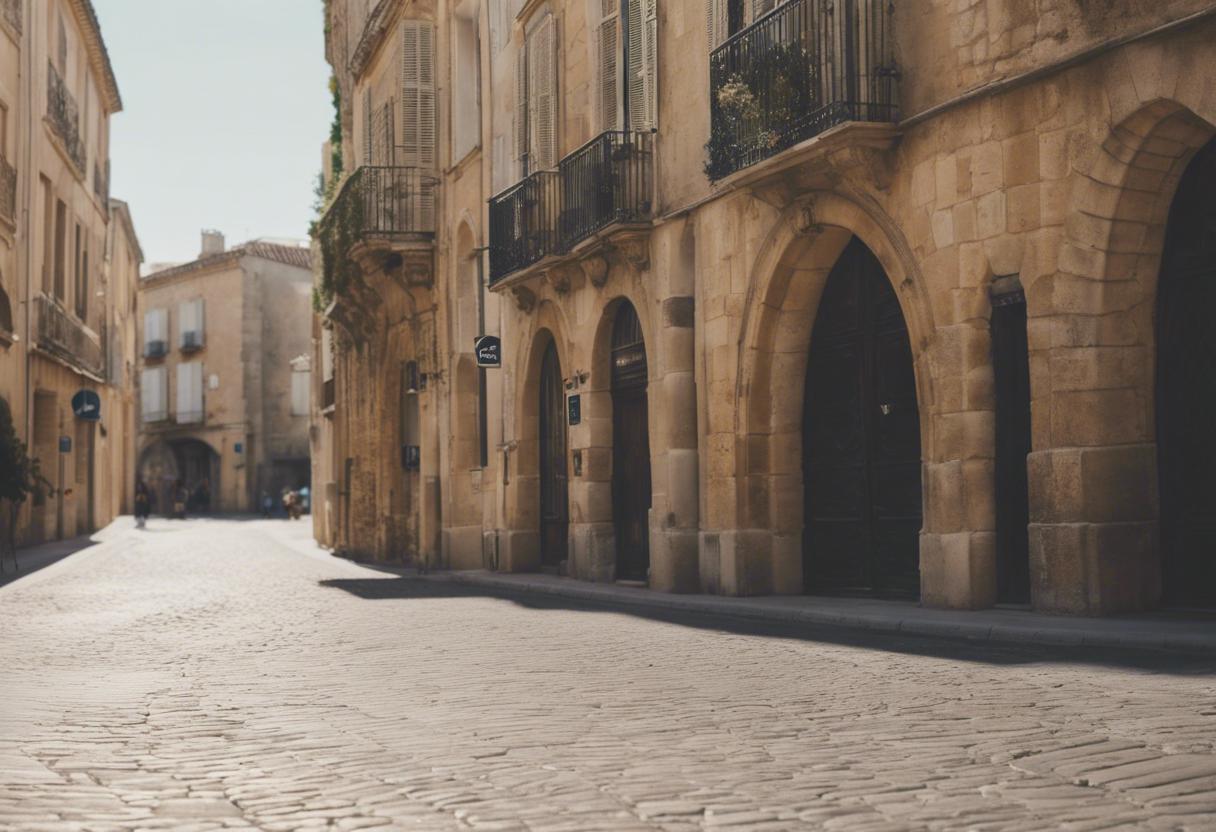Once a prominent city in the Roman era, Narbonne, located in the south of France, had little to show for its rich ancient history until recently. The city, formerly known as Narbo Martius, paled in comparison with nearby cities such as Nîmes, with its grand Roman amphitheatre now used for bullfighting, and Arles and Orange, with their well preserved Roman architectural structures. Despite the region being flush with Roman remains like aqueducts and viaducts, the one-time provincial capital called Narbo had scant evidence of its past.
Established in 118 BC, Narbo was the first colony set up by Rome outside Italy. It was located on flat, fertile ground, with a well-watered harbour nearby that offered both a strategic location and a favourable agricultural climate. However, its ancient status was only hinted at by a mosaic floor near the cathedral, some archaeological work, and modern artistic interpretations of its Roman identity such as amphora and pillar designs.
One unique but concealed evidence of its historic past was a remarkable assortment of Roman gravestones. These artefacts, hundreds of them originally used for funeral monuments, were built into the medieval city walls and were later stored haphazardly in an abandoned church when the walls were pulled down in the 19th century.
Yet, the city of Narbonne recently became home to its own Roman monument – a splendid museum named Narbo Via, designed by British architect Norman Foster with these funerary stones at its heart. Foster, highly regarded for his exquisite contemporary architecture like London’s renowned ‘Gherkin’, is widely known in Southern France for the world’s tallest bridge, the breathtaking Millau Gorge viaduct, a landmark for those journeying to Languedoc from Paris or the north.
With its modest design resembling an antique Roman villa, the museum subtly catches the eye with its striped terracotta walls that mirror the earthy hues of the surrounding region. This aesthetic is emblematic of the museum’s intentional fusion of past and present, a vivid display of contrasts and echoes.
Upon entering, one’s gaze is immediately drawn to an awe-inspiring central feature – a 76m metal wall hosting 760 stones, standing imposingly at 10m height. These stones, each weighing anywhere between 300kg and a full ton, depict everyday scenes from Roman times in both anthropomorphic and abstract art ranging from military armaments, to domesticated animals, to memorials of beloved individuals. They are strategically moved about the wall by a mechanism, shedding light on different stones for visitors who use the museum’s computer-interpretive tool to examine them closely.
Behind the scenes, conservators and archaeologists can often be seen operating the machinery to shift the stones, reminiscent of a library’s book retrieval system.
Elsewhere in the museum, one can find six main galleries, each one narrating a different chapter of Narbo Martius. Objects salvaged and restored from various contexts support these narratives. The displays are aesthetically designed to project the larger context of the smaller artefacts. Some sections even feature digital reconstructions of the city, its harbor and its ships.
The story of Narbo Martius starts from its establishment on a primary route between Rome and Spain in 118 BC. The narrative weaves tales of its port, citizens, extravagant villas, and significant civic buildings. It explores the influence of religion, showing how the city transitioned from pagan beliefs to Christianity. However, during the third century, economic and military difficulties stirred the beginnings of the city’s decline, losing prosperity in tandem with the crumbling Roman empire under the strains of the Visigoths and other Germanic tribes.
By the conclusion of the third century, Narbonne was still a capital city albeit of a lesser province. In the year 413, Narbonne saw the entry of Athaulf, the Visigoth king. The city was briefly reclaimed by the Emperor four decades later, only to be handed over to the Visigoths who established their kingdom in Aquitaine. This marked the termination of Narbonne’s half-millennium history under Roman rule.

